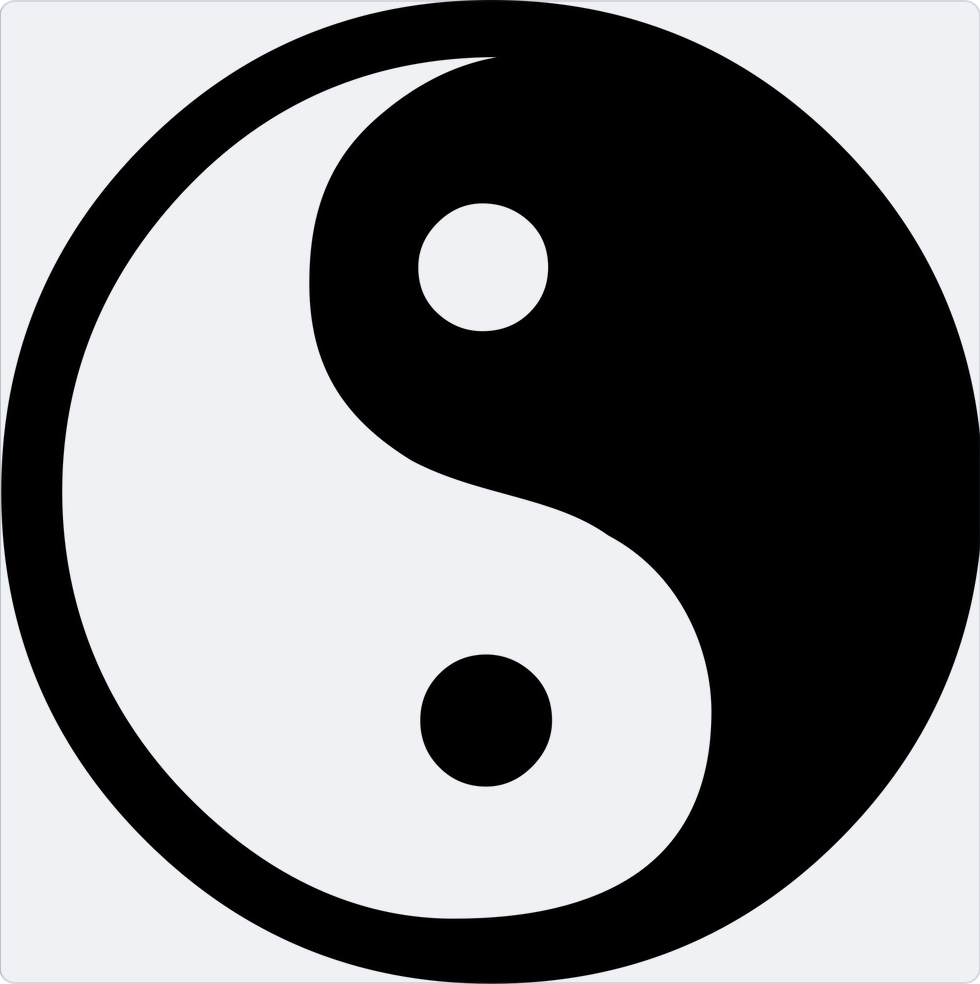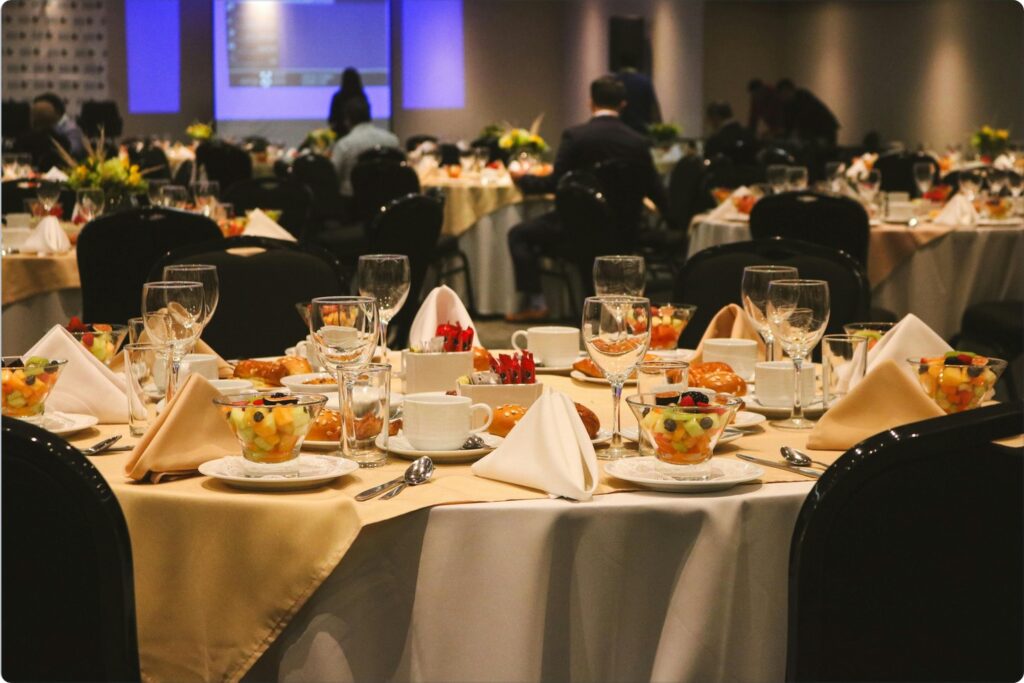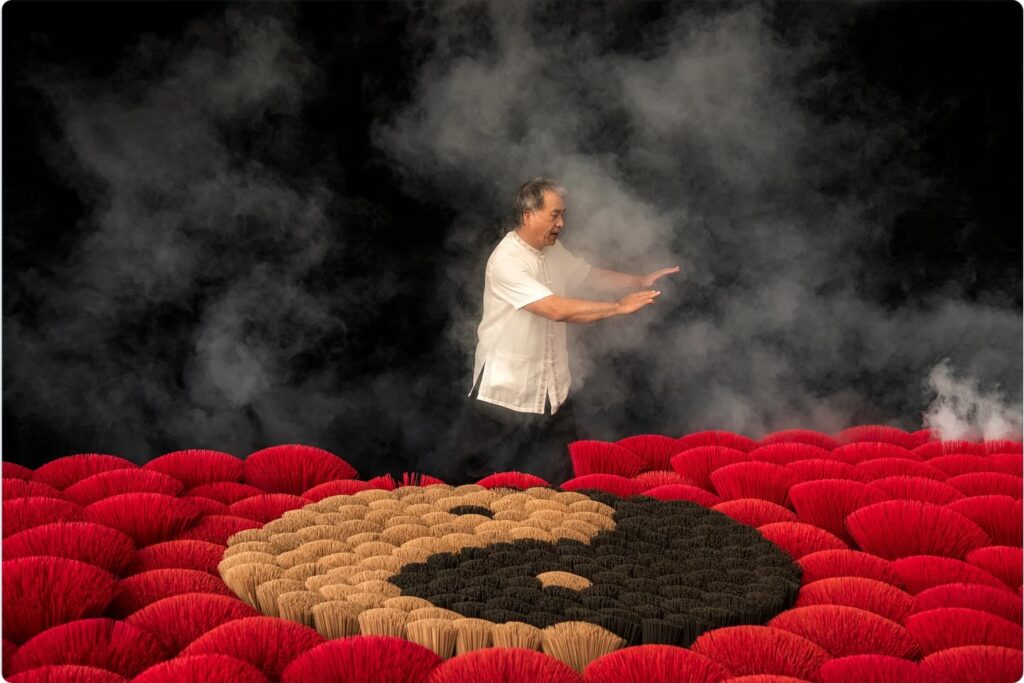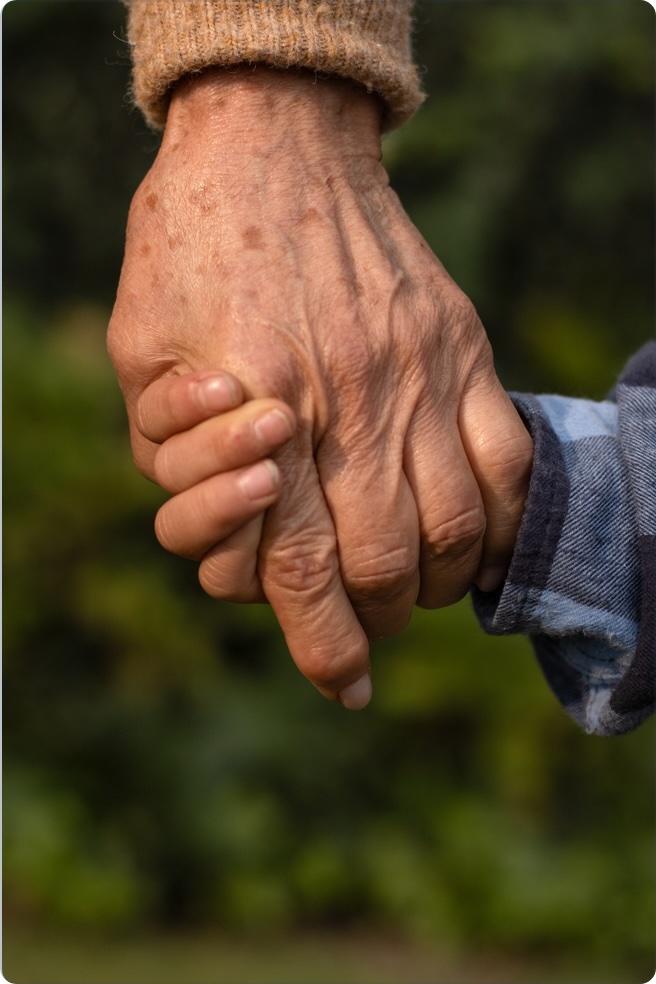-
Bikur Holim: Tips for Patients and Their Helpers
Have you ever been ill and found your friends and family lacking in skills to help you? or, as a helper to someone who is ill, been frustrated and wished you had more knowledge about how to be helpful? This is the case for most of us, if it strikes a chord with you, too, read on….
In 2013 I published a post about this topic, Bikur Holim. It is time for a refresher, with more thoughts and tips to help you establish who you are, what your needs are, and how to communicate them best.
It might surprise you to know that there are guidelines available for being a patient or caregiver. Yes, that’s right, you don’t have struggle with asking for what you need as a patient, or guess or worry about what to do or of making a mistake because you are winging it. I’m going to write mainly about Jewish practices for visiting the sick, Bikur Holim, but you don’t have to be Jewish to use them.
I actually feel it is my duty, with all my professional knowledge and experience, to share what I know on this most important topic. My professional specialty is to be present for people who are ill and their supporters, whether in hospital, or in my office where we can meet for spiritual care and counselling. This is a ministry that I have many years of accredited study in, as well as work experience. I have also spent a few years on the care receiving side, as a dis-abled person. I know the territory well from all angles.
So, let’s start with those of you who are well persons, who have never been ill or dis-abled enough to need help from others. And, by ‘others’, I am not referring not only to healthcare professionals, but non-professionals, such as family, friends, faith community, neighbours.
Here’s an example: You know someone who is not well and you want to help them. You know you can do this, too, because you are a good person. You have your religious faith and morals and ethics, and you are a compassionate person, thinking of others and making the world a better place.
Is being a good person with good intentions enough, though?
It may surprise you to learn that this in itself is not enough! Being a good person who wants to help is the first step, an essential foundation, but actual skills are needed. There are dynamics involved between you and the ill person that must be understood and accepted, and enacted.
In fact, if your only impetus for providing care is that you believe yourself to be a good person or been told you are a good person, you may also believe that what you are doing must also be good. You may have been told that helping others is a good deed and that doing this good deed will put you in good stead with your faith, or with God. The truth is, though, that you may do more harm than good, and you may be drawn to this post because you have already found that out and want to do better and have some skills.
It is important first of all, to sort out in your mind whose needs you are serving: yours or the ill person’s. This may sound astonishing at first, but if you take a moment to look within, you can find the answer.
I suggest this because helping others well can only be accomplished by listening to what they tell you they need, and not vice versa. An example would be offering a patient a ride home from the hospital, but then burdening the sick person with restricting the ride to when and how it is convenient for you, e.g. making them walk on their own to the entrance to meet you at the curb on your way to errands, and then dropping them off at their door withut escorting them inside if they are having trouble ambulating. Or offloading your offer onto a stranger who may or may not show up, because you are too busy. Imagine, well person, that you have just had surgery and are weak and in pain, and have to get yourself to the hospital lobby and wait until your ride home arrives, ambulate to their idling car at the curb, make your way into your home after being dropped off, put yourself in bed wishing you had the energy to make a cup of tea or a bite to eat. Imagine that. Putting yourself in the patient’s shoes as you offer help can be a good idea.
Once you have taken this step, you are released to turn your intentions towards attending to the ill person.
A corollary to making poor arrangement is ‘Don’t offer help unless you are willing to listen to the needs of the patient and follow them’. If you cannot, let the patient find someone who can. Sometimes, when ill, it is hard to ask for help, and it is easy to feel shame for turning down help that is offered but inappropriate: when ill, we are vulnerable, already in pain and suffering. Torah tells us in Leviticus 19:14 not to place barriers before someone who is dis-abled.
I just provided some basic general rules. There are more specific ones as well, here is a source of study for Jewish traditions in Bikur Holim
People are all different, so you may not know that offering to pray for healing is less important than doing their dishes and laundry. Patients can and often do, pray on their own. Ask what needs to be done rather than making assumptions, unless the person is unable to speak. Another example would be dropping off a packaged kosher meal for Shabbat for the patient to eat alone. Was this food really needed? Will leaving this this packaged food to be eaten alone on Shabbat count as a good deed? Alternatively, ask, “do you need food for Shabbat” or better, “do you want company for Shabbat?”
In every case, the common thread is: ask. If the sick person declines your offer to bring food they don’t need, or a ride that will not fit with discharge planning, gracefully accept their honesty wth you. When ill, energy is being expended on healing, leaving little for resisting pressure to make agreements that aren’t appropriate or are creating guilt for not helping the helper feel good. We have all heard the saying, “The road to Hell is paved with good intentions”! Good intentions require good skills to create good outcomes.
Patients, you can help yourselves by doing a few things as well, too.
Create lists of specific things you want and share them. This way, you will reduce the guesswork or uninvited offers aimed your way, and you have more control over your care.
Set boundaries, for example: tell visitors not to sit on your bed, list what you can and cannot eat, list dates and times that you need transportation, and be assertive and stand firm when someone wants to put their needs over yours.
We think of elders and dis-abled people as being weak or timid. Not true! Bette Davis is known to have said, “Getting old ain’t for sissies”. The same can be said about being ill. As Paul Caune says is his film, ‘Hope is Not a Plan‘, “When you have a disability, you have to be tough to survive.”
One of my favourite films depicting the plight of a hapless patient in the hospital being visited by a well-meaning, self-fulfilling friend, is this 1932 Laurel and Hardy classic film, “County Hospital“. Study this film and drink in all the ways that this visit goes wrong!
In Judaism, we have full texts on Bikur Holim, or Visiting the Sick. If you want to learn more about this important duty, let me know. It will be my pleasure to study this topic with you, or a group of others who are interested.
Thank you for reading, and may you bless and be blessed by those who are in need.
-
Scheherazade
I was speaking with someone recently who had a challenging exam coming up and did not feel ready. The teacher insisted she be there and take the exam. Despite all the reasons she could summon to postpone, he compelled her to be there. She passed with flying colours. How? she thought about someone important to her that had recently passed away, and decided to dedicate her endeavour to the memory of that person.

This reminded me of a similar experience I’d had many years ago. My Tai Chi Chu’an instructor had been called and told by his teacher, the venerable Grand Master who’d brought traditional martial arts of the 1930’s China to North America, that he was to bring his students to a banquet in his honour, and demonstrate what he’d been teaching us. It was a daunting proposition; we three senior students rehearsed the 108 steps, a Wu-Yang combined form, for weeks. We got our outfits organized, and hoped for the best.

The banquet was in an enormous Chinese restaurant in Vancouver, with over 400 guests. The demonstrations were to be held on a small dance floor, a tiny lit up showplace for for all the guests to revel in and be dazzled by the proficiency and nerve of the students and teachers that the Grand Master had produced in his 20 years in Vancouver.
By the time I arrived at the restaurant, with my special jacket slung over my arm, my teacher was already there. I was ushered over to his table. The ‘Three Musketeers’ as the three of us had started to call ourselves, were not unaware of the spectacle we were about to become part of. One was just plain talking nonsense to ease his nerves, and the other was resigned to ‘it is what it is’. I had rehearsed the form so many times that my brain couldn’t hold any more pictures of how to do it. We put on our jackets behind a screen and waited for our turn, at our seats.
Suddenly, we were signalled to go to the spotlighted floor. We stood on the precipice between the carpet and parquet, then for a moment looked at each other more like the Three Stooges. I didn’t want to us to be stooges, though. Our teachers had honoured us with imparting their wisdom, truth, and patience, and I wanted to honour them by showing this austere martial arts community that we were fully trained and awake. We stood in our places, and took a breath together and then began. ‘Raise hands…’

I felt the fluid rise, fall, carry, circle, beauty, grace, touch, light, heavy, breath in and out with each step for 108 movements. Time and place slipped away until I came to a close just where I began, and bowed, hands held towards the Grand Master, our Teacher, and the audience, in proper kungfu gesture of respect. My comrades were looking sheepish as we walked back to our table. Something unexpected then unfolded,
Along the way back, people smiled and reached towards me. When we sat, my teacher had me sit next to him. Beneath his thick moustache, his mouth grinned, dimples deep in his cheeks and face blushing. He tapped my hand, then closed and opened his eyes with a nod of silent praise. We were almost the last on the floor demonstrations, and straight away, the Grand Master began circulating to the tables to have photos with his guests. He first came to our table. I assumed it was to honour my teacher for bringing his industrious, intrepid students. Which was true: but instead of standing next to my teacher for the photos, he stood behind me for all of them! My teacher beamed with pride, to have succeeded so well with his students that his own teacher honoured one so.

I forgot about this for almost ten years, and went my own path; my teacher got me a job and told me my students would now be my teachers. I decided after so many years to have lessons with the Grand Master. I entered his little ground floor studio. There were students practicing tui shou push hands and other exercises, and the Grand Master was at the back giving a lesson to someone, with push hands. He looked sideways to glance at whoever had just come into the studio door, and abruptly dropped the hands of the student he was teaching and walked over to me. He gently took my hand and asked, “What your name?” I told him “Susan”. “Ah, Soo-san, Soo-san”. Smiling he took me over to the wall, which had photos plastered over it. In one section, he had photos of that banquet from 10 years ago, and there I was, in several of them! He pointed, “Soo-san” and smiled. He remembered.
He started me at what they called the ‘Dragon’ level. He did not have me learn his form from the beginning. I was told the no one, in the decades since he had been there, had ever been allowed to skip learning his form. I tried to be like everyone else and make small talk with him, about which restaurants had the freshest fish or where to buy the best sword. If I tried to speak to him in my lessons, he would take my hand abruptly and sit me down on a bench and say, “Sit, drink tea”. Oops. He taught me in silence, and I listened as he guided, prompted, pushed, pulled and showed me how to master movement and energy.

Today, I played my favourite oboe exerpts from Rimsky-Korsakov’s ‘Scheherazade’. It is the first time I have done so since sustaining injuries many months ago. It was scary; my attempts to play music thus far had been choppy and jumbled as my brain and body endeavoured to reassemble in harmony. Going back recently to Tai Chi, as a student at a new dojo with a new teacher, has been a boon. But, today was about the oboe and about music. I thought of my beloved oboe teachers and their important words, to play everything, including technical exercises, with expression; that is how music is played, otherwise, it is merely notes.

I played Scheherazade companioned by their lessons and words, coyly coaxing out lyrical music, a ballet ship afloat over crestfalls and sea.
